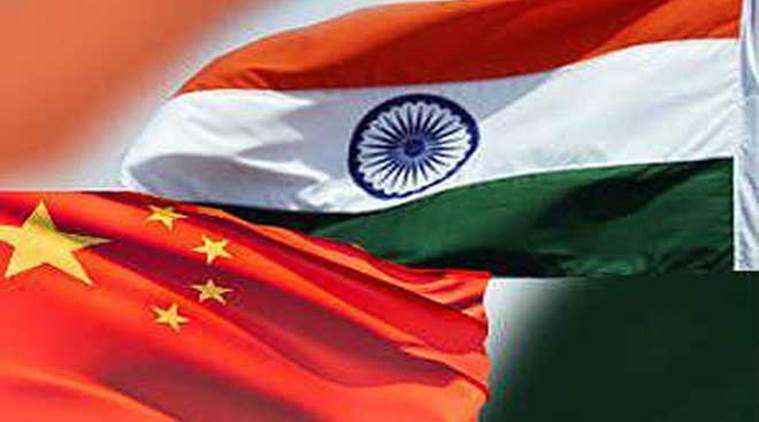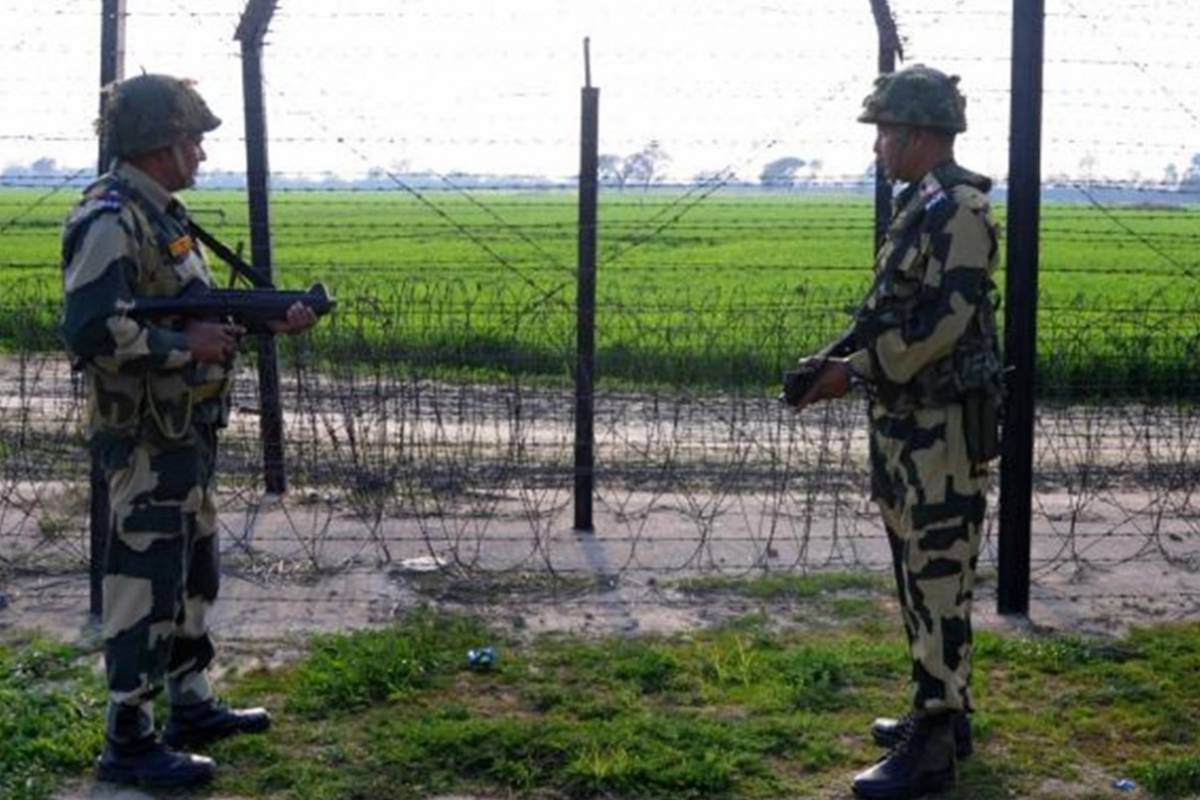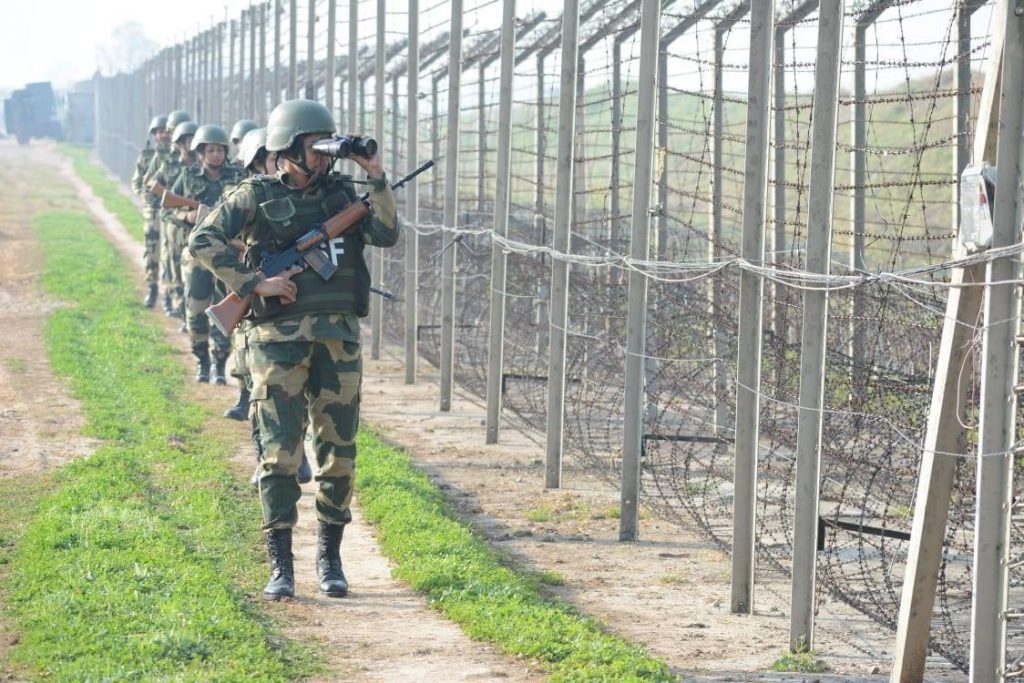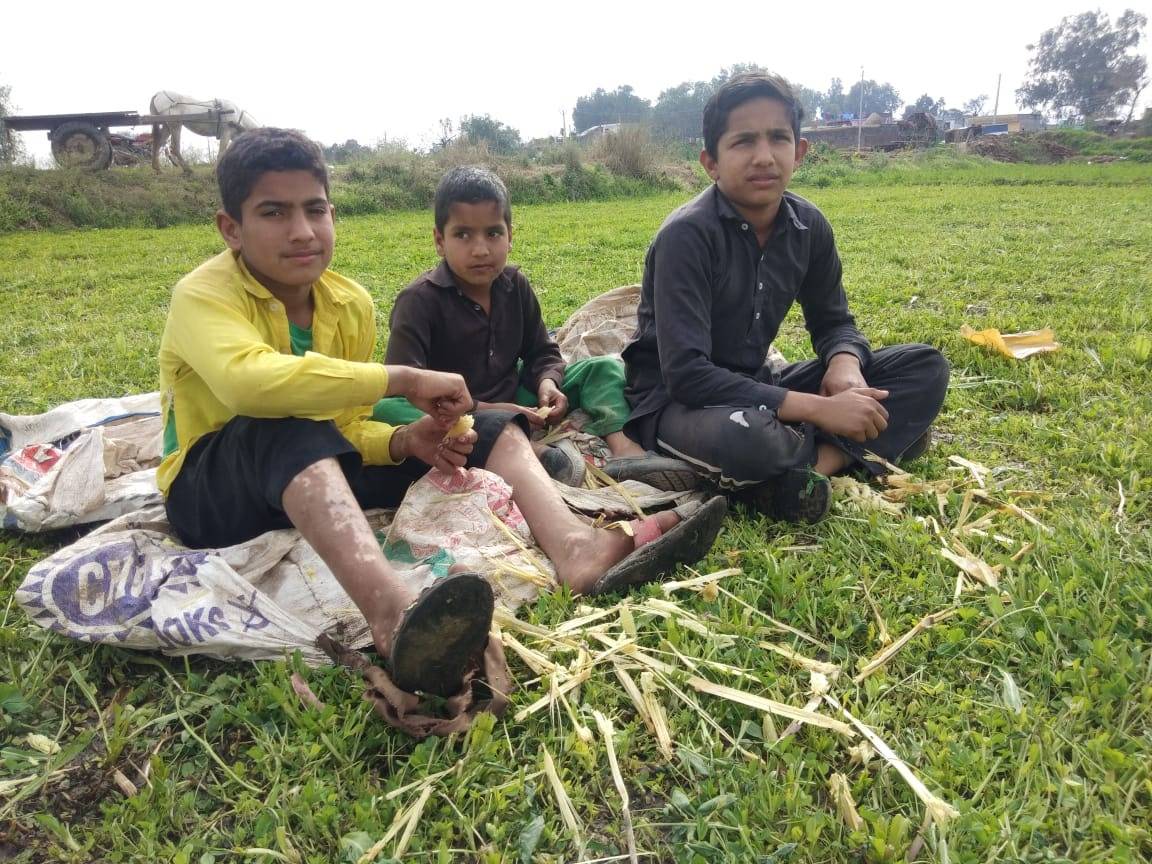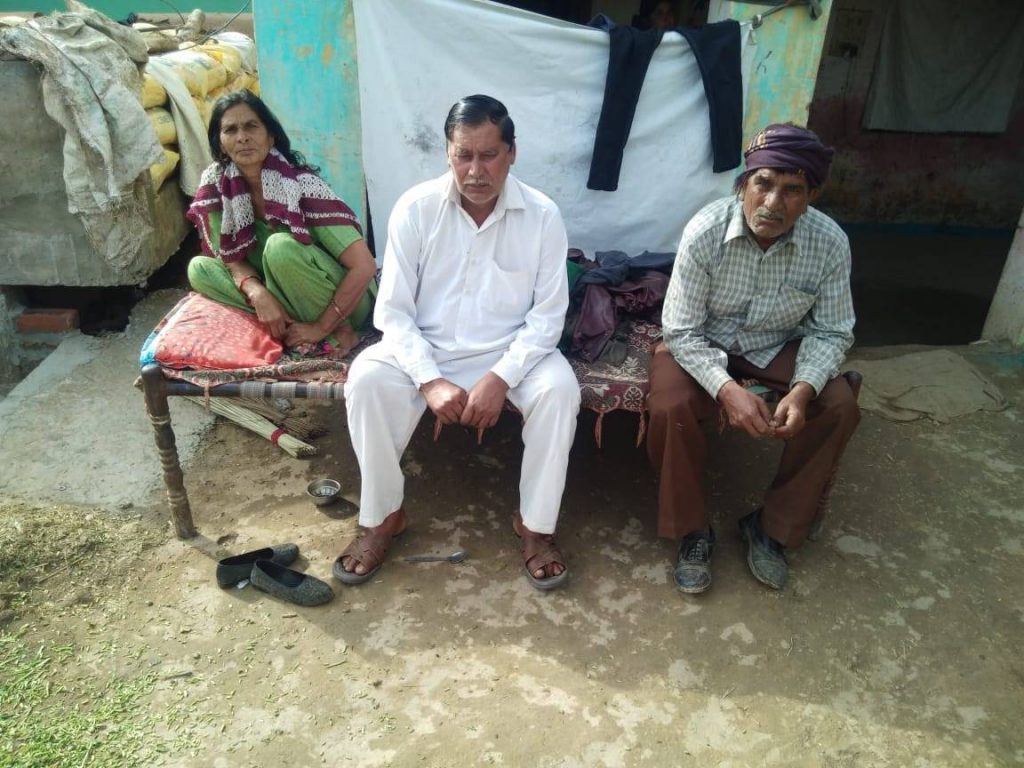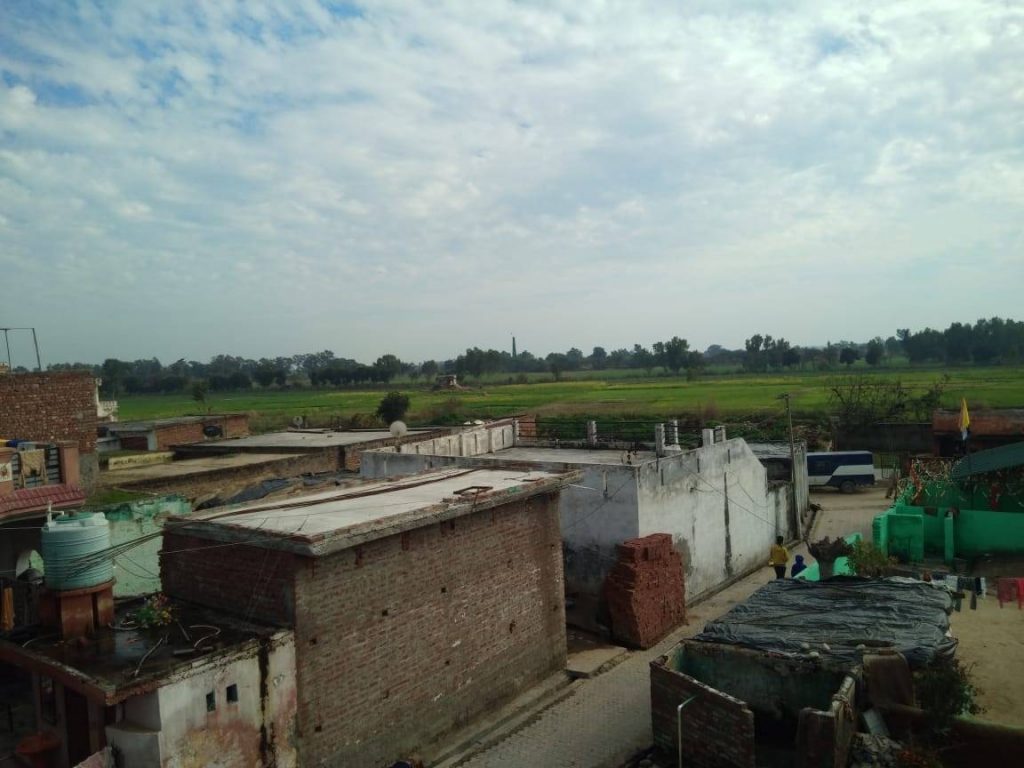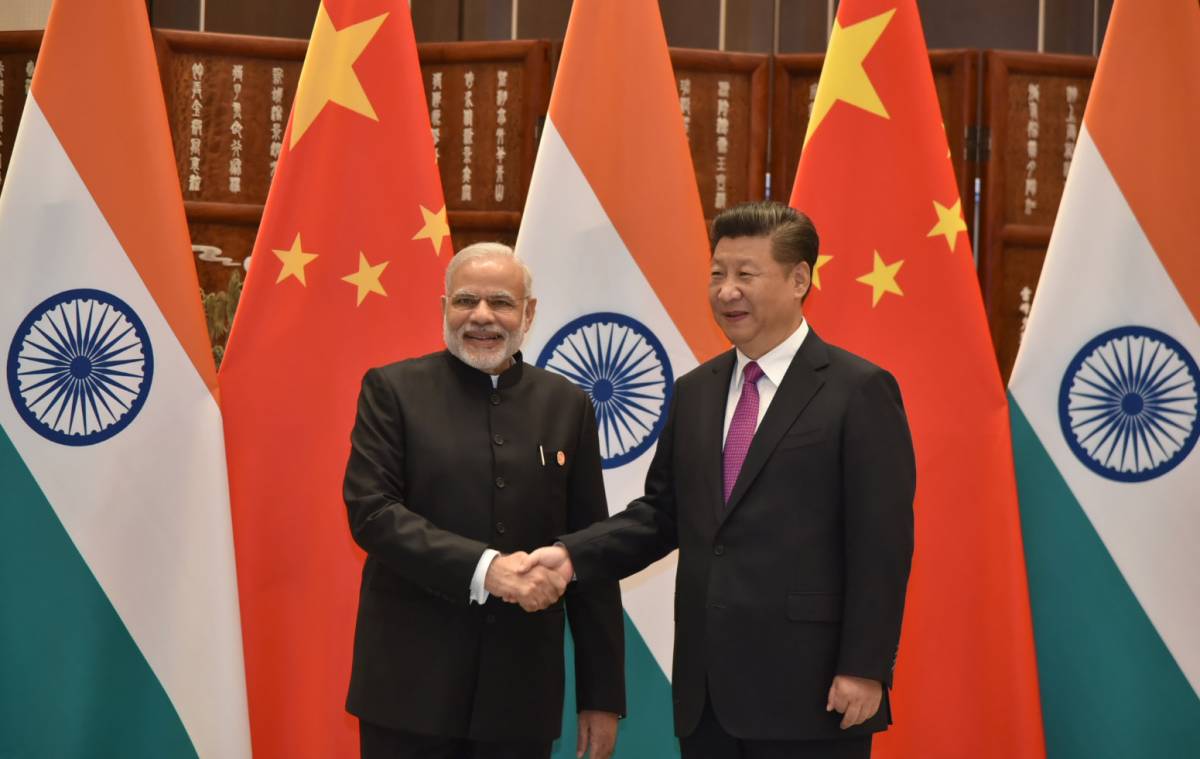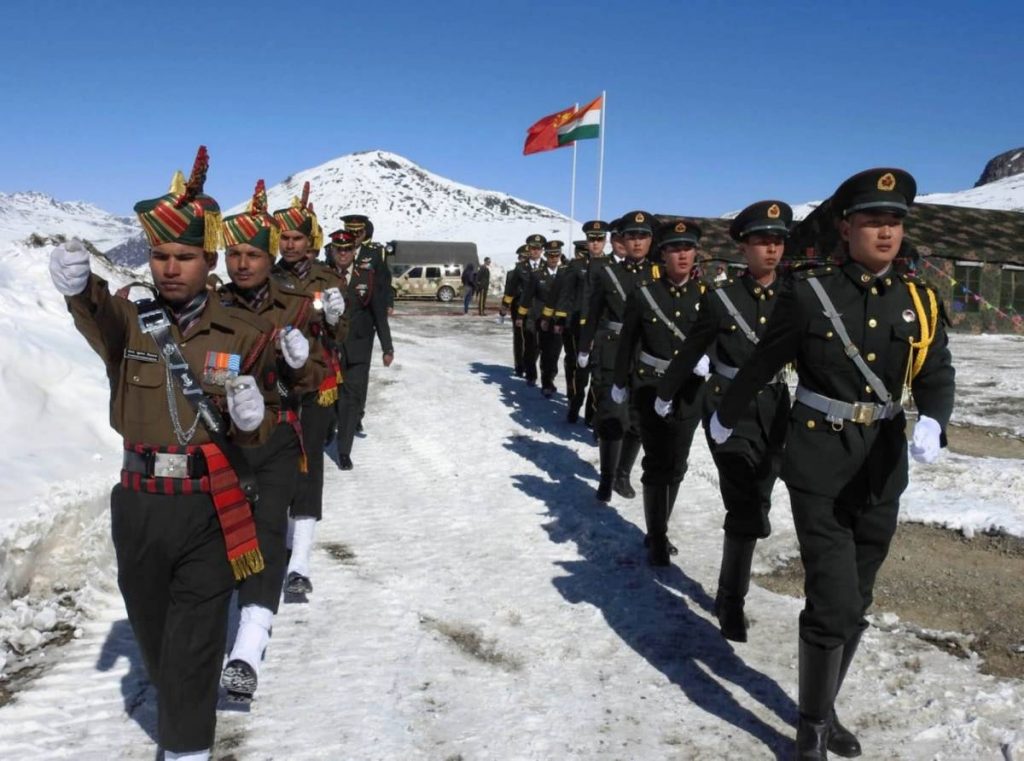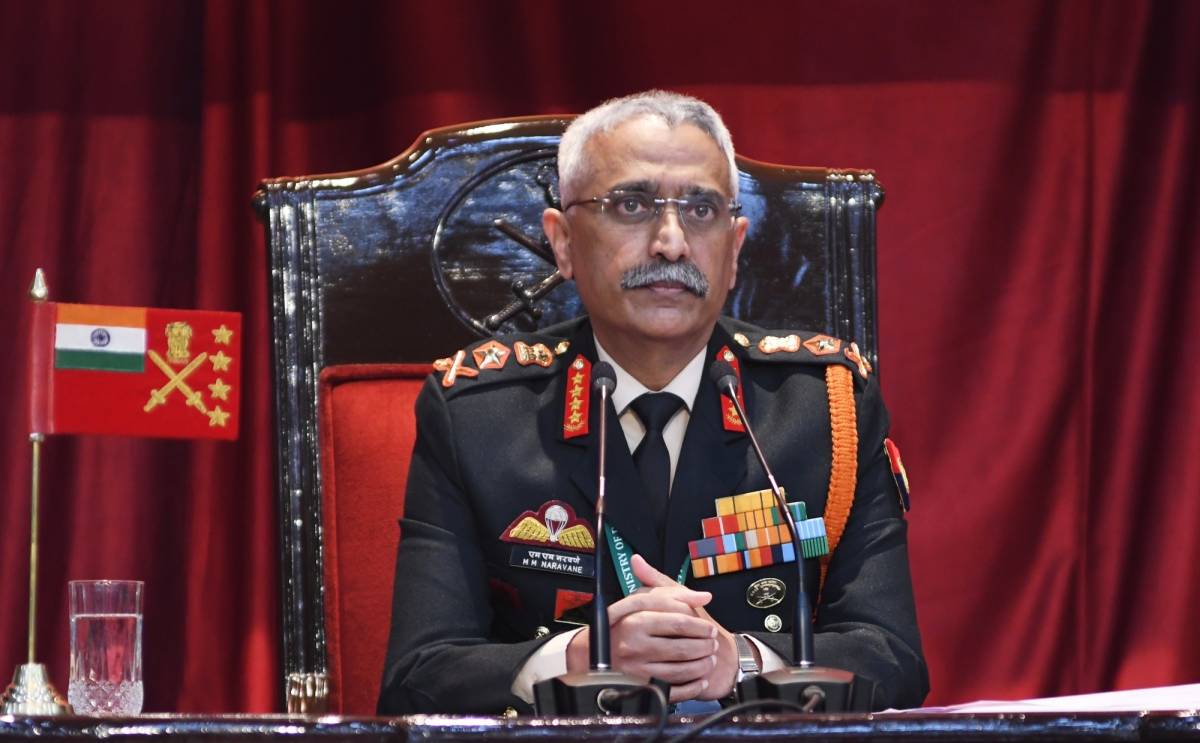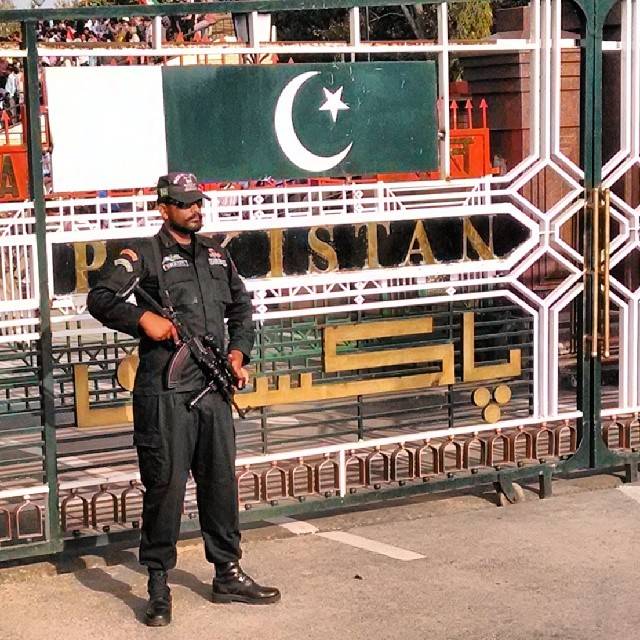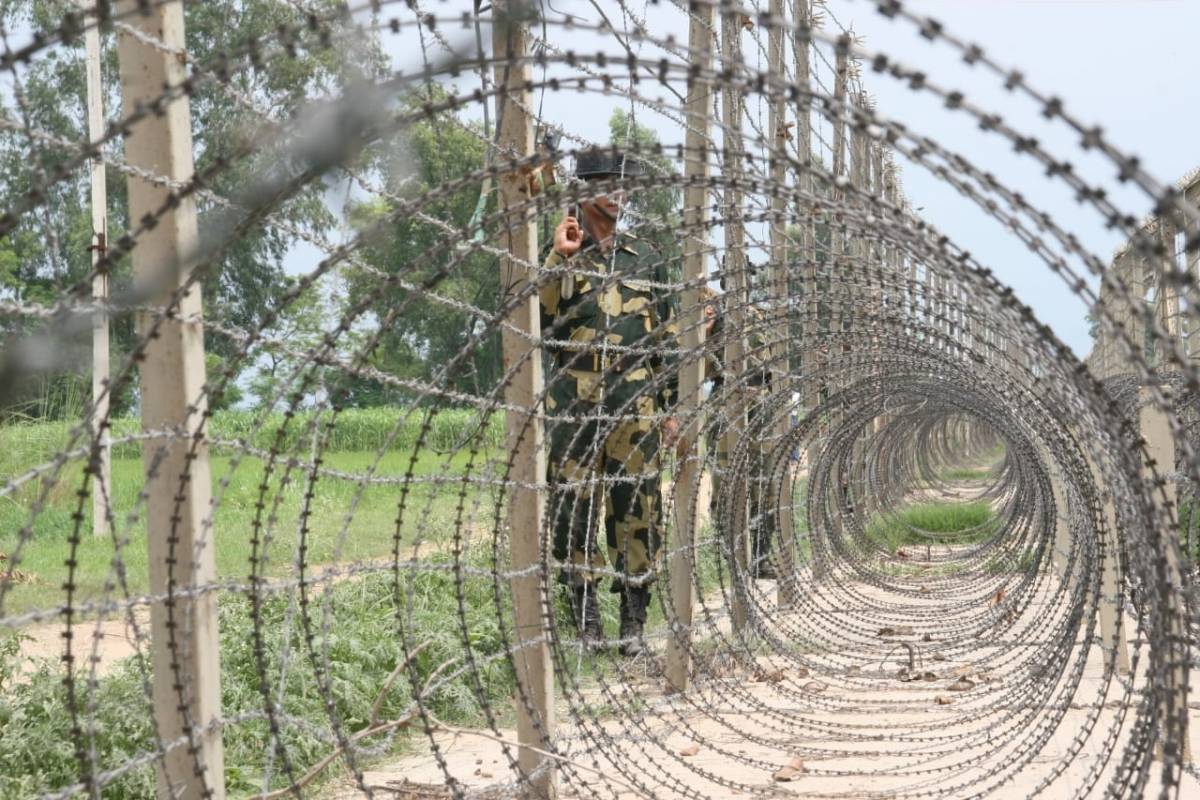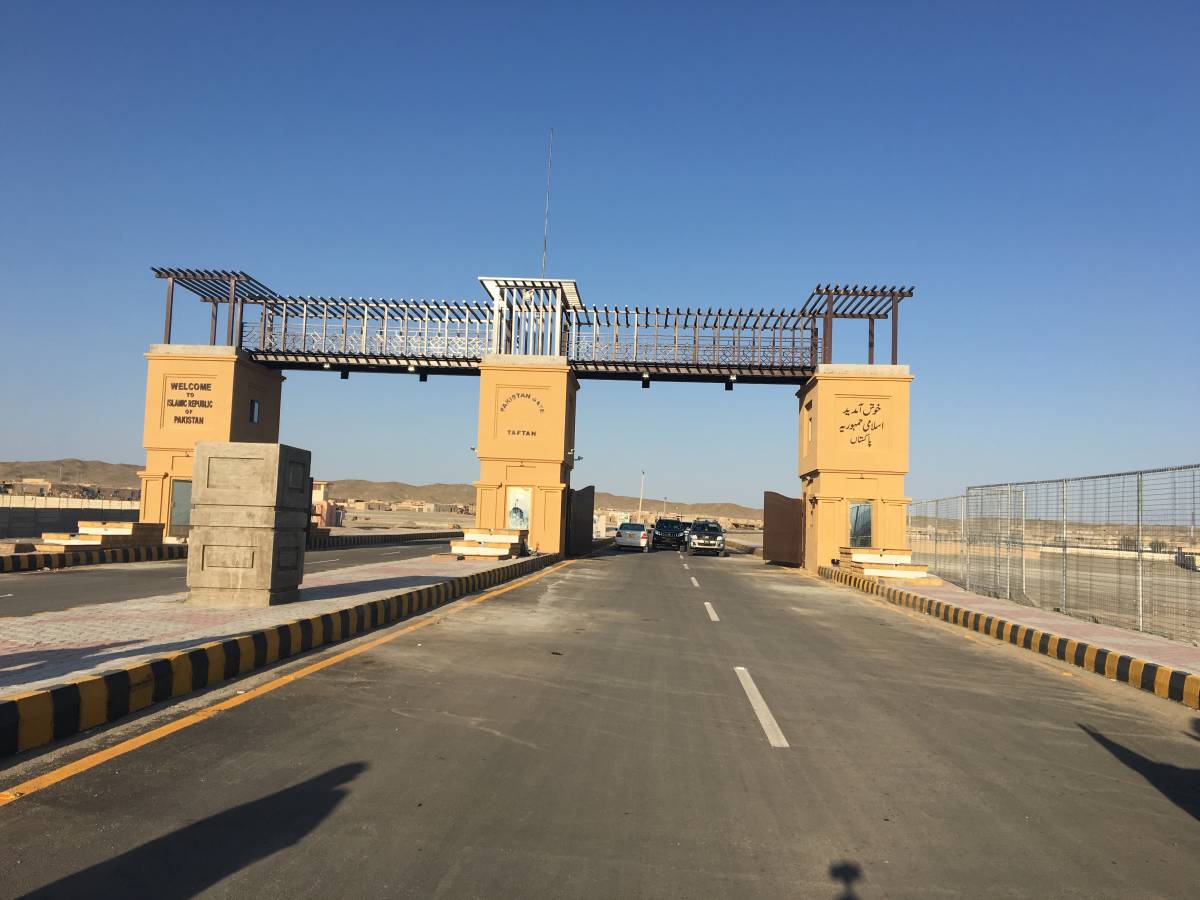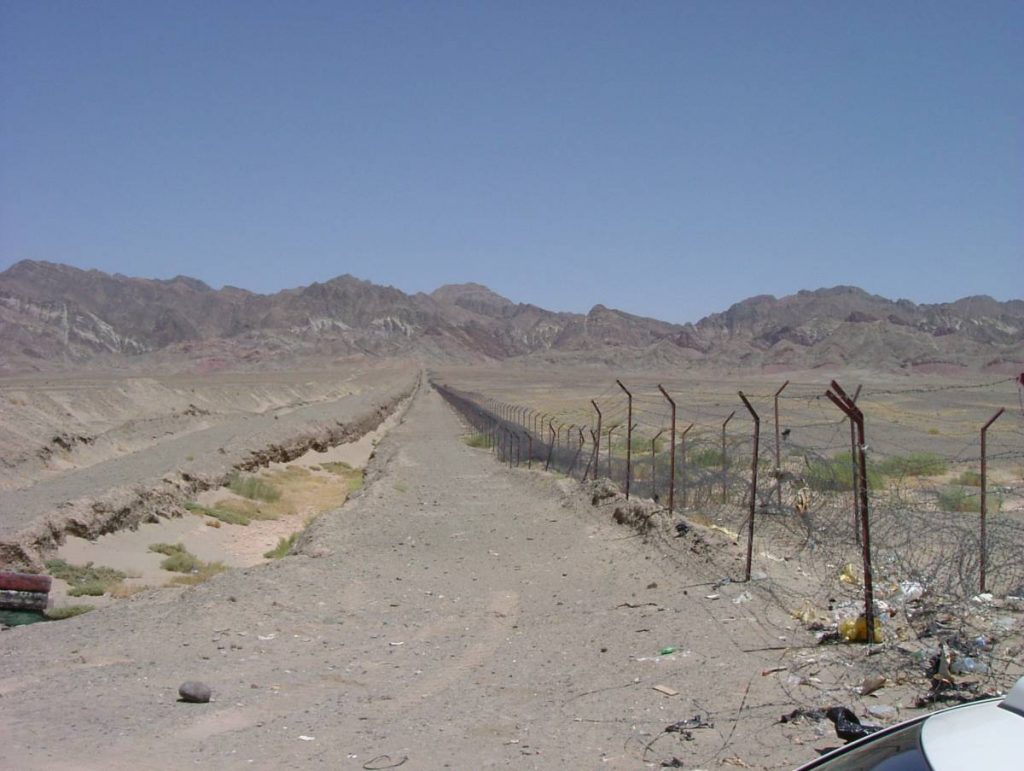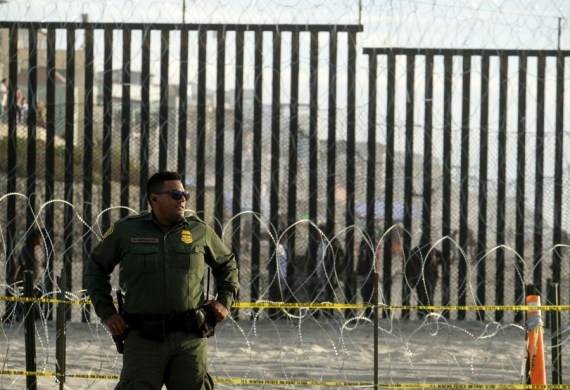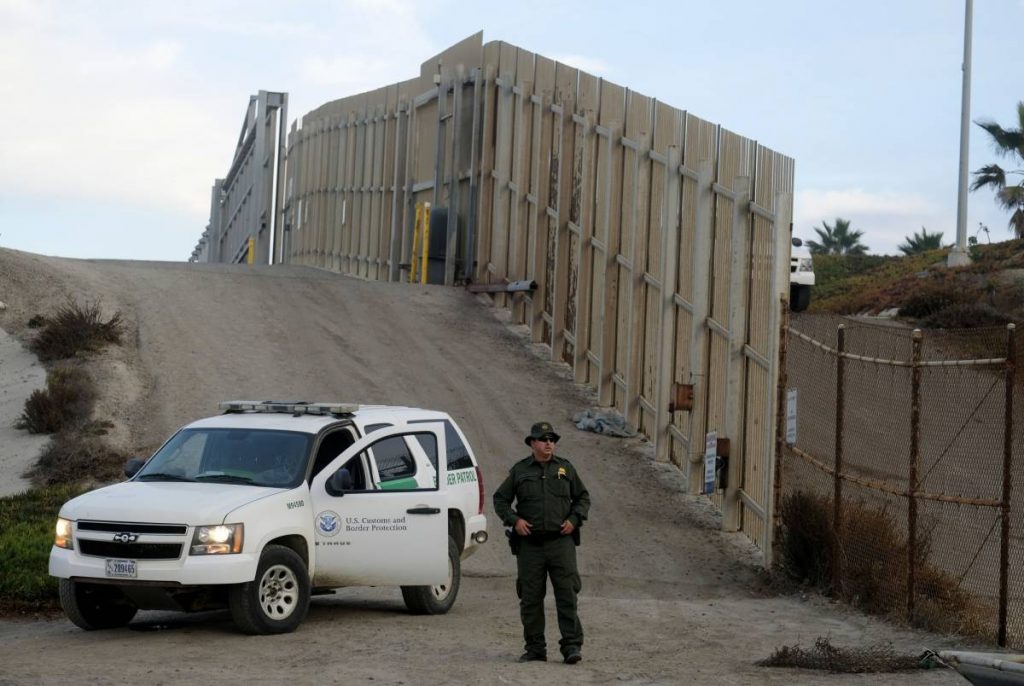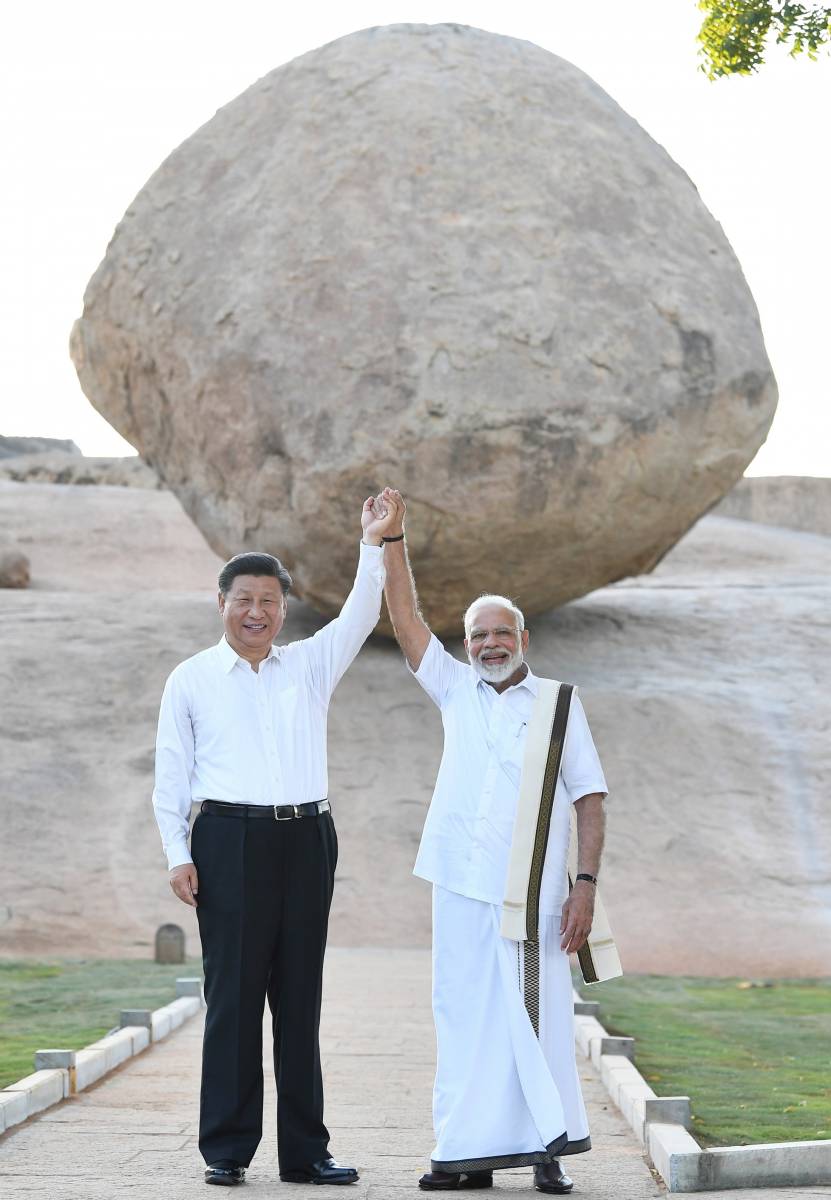MEA’s spokesperson Arindam Bagchi said that Beijing continues to deploy a large number of troops and armaments in the border areas and, in response, Indian armed forces had to make “appropriate counter deployments”, reports Asian Lite News
China’s provocative behaviour, amassing of troops and its unilateral attempts to alter the status quo resulted in serious disturbance of peace and tranquillity along the Line of Actual Control in Eastern Ladakh, said India on Thursday while rejecting Beijing’s allegation that New Delhi has long pursued the “forward policy” along the LAC.
MEA’s spokesperson Arindam Bagchi said that Beijing continues to deploy a large number of troops and armaments in the border areas and, in response, Indian armed forces had to make “appropriate counter deployments”.
Bagchi remarks come in response to Chinese foreign ministry spokesperson Hua Chunying’s claims that the Indian side has long pursued the “forward policy” and illegally crossed the LAC to encroach on China’s territory, which is the root cause of tension in the China-India border situation.
Hua made the statement during a daily briefing on September 29.
Rejecting the statement by the Chinese side, Bagchi said: “It was the amassing of a large number of troops by the Chinese side, their provocative behaviour and unilateral attempts to alter status quo in contravention of all our bilateral agreements that resulted in serious disturbance of peace and tranquillity along the LAC in Eastern Ladakh. China continues to deploy large number of troops and armaments in the border areas. It was in response to Chinese actions, that our armed forces had to make appropriate counter deployments in these areas to ensure that India’s security interests are fully protected.”
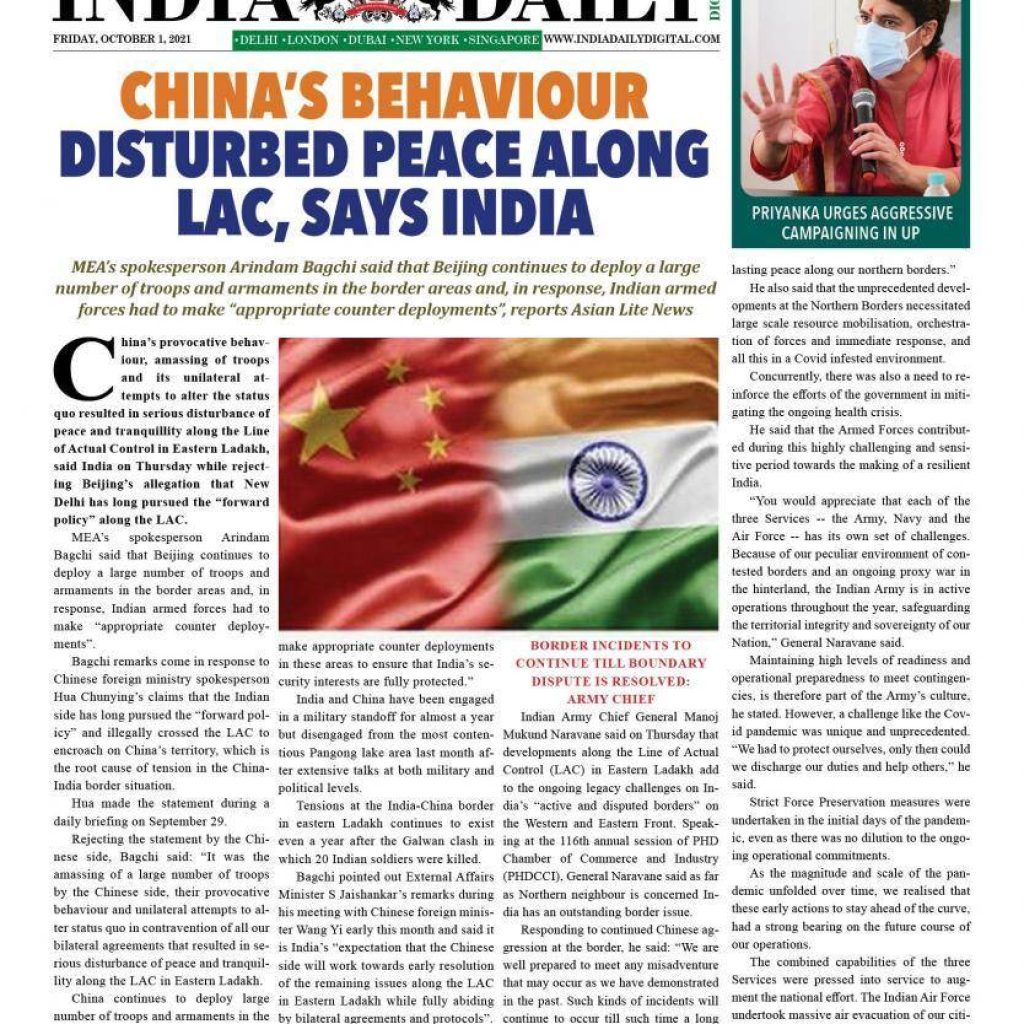
India and China have been engaged in a military standoff for almost a year but disengaged from the most contentious Pangong lake area last month after extensive talks at both military and political levels.
Tensions at the India-China border in eastern Ladakh continues to exist even a year after the Galwan clash in which 20 Indian soldiers were killed.
Bagchi pointed out External Affairs Minister S Jaishankar’s remarks during his meeting with Chinese foreign minister Wang Yi early this month and said it is India’s “expectation that the Chinese side will work towards early resolution of the remaining issues along the LAC in Eastern Ladakh while fully abiding by bilateral agreements and protocols”.
The two leaders met on the sidelines of the Shanghai Cooperation Organisation.
Border incidents to continue till boundary dispute is resolved: Army Chief
Indian Army Chief General Manoj Mukund Naravane said on Thursday that developments along the Line of Actual Control (LAC) in Eastern Ladakh add to the ongoing legacy challenges on India’s “active and disputed borders” on the Western and Eastern Front.
Speaking at the 116th annual session of PHD Chamber of Commerce and Industry (PHDCCI), General Naravane said as far as Northern neighbour is concerned India has an outstanding border issue.
Responding to continued Chinese aggression at the border, he said: “We are well prepared to meet any misadventure that may occur as we have demonstrated in the past. Such kinds of incidents will continue to occur till such time a long term solution is reached, that is to have a boundary agreement… That should be the thrust of our efforts so that we have lasting peace along our northern borders.”
He also said that the unprecedented developments at the Northern Borders necessitated large scale resource mobilisation, orchestration of forces and immediate response, and all this in a Covid infested environment.
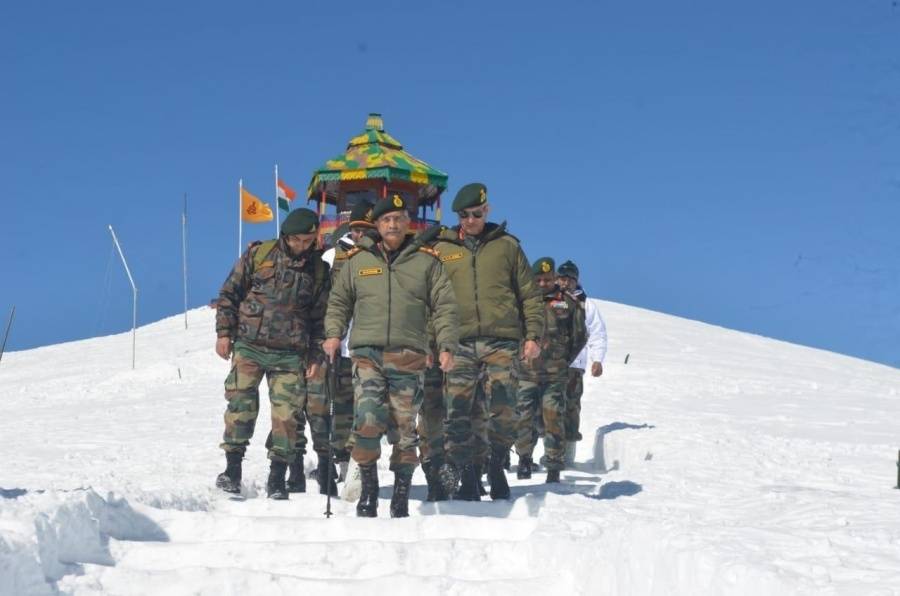
Concurrently, there was also a need to reinforce the efforts of the government in mitigating the ongoing health crisis.
He said that the Armed Forces contributed during this highly challenging and sensitive period towards the making of a resilient India.
“You would appreciate that each of the three Services — the Army, Navy and the Air Force — has its own set of challenges. Because of our peculiar environment of contested borders and an ongoing proxy war in the hinterland, the Indian Army is in active operations throughout the year, safeguarding the territorial integrity and sovereignty of our Nation,” General Naravane said.
Maintaining high levels of readiness and operational preparedness to meet contingencies, is therefore part of the Army’s culture, he stated.
However, a challenge like the Covid pandemic was unique and unprecedented. “We had to protect ourselves, only then could we discharge our duties and help others,” he said.
Strict Force Preservation measures were undertaken in the initial days of the pandemic, even as there was no dilution to the ongoing operational commitments.
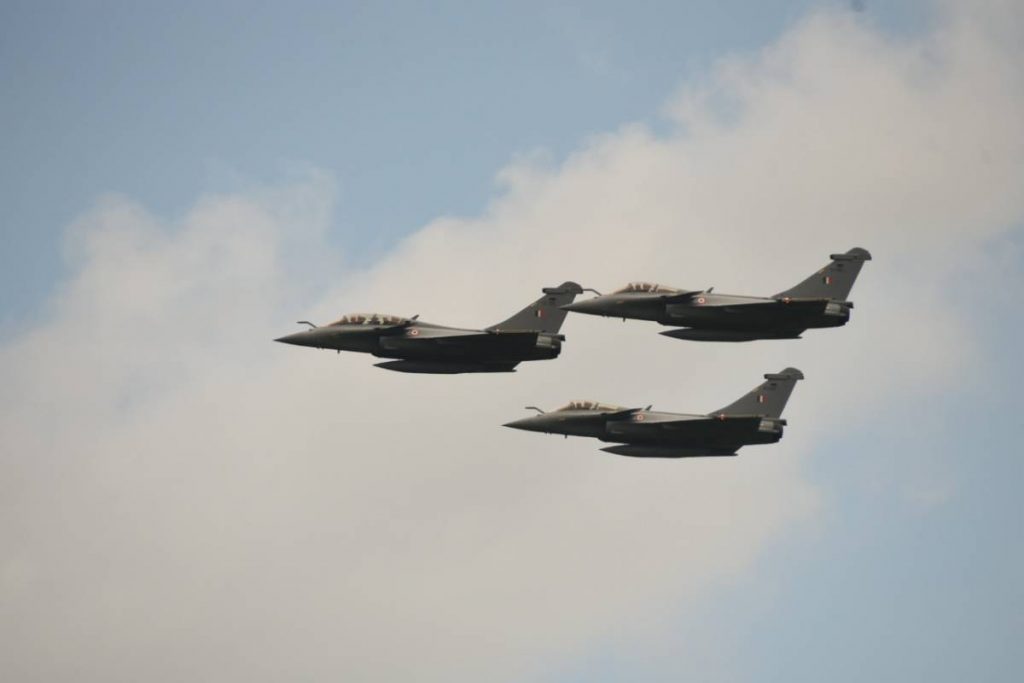
As the magnitude and scale of the pandemic unfolded over time, we realised that these early actions to stay ahead of the curve, had a strong bearing on the future course of our operations.
The combined capabilities of the three Services were pressed into service to augment the national effort. The Indian Air Force undertook massive air evacuation of our citizens stranded in various countries while at the same time ferrying tons of medical supplies.
ALSO READ-EU’s Global Gateway major challenge to China’s BRI

